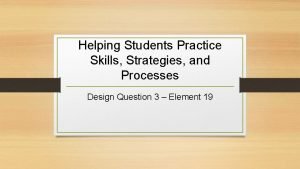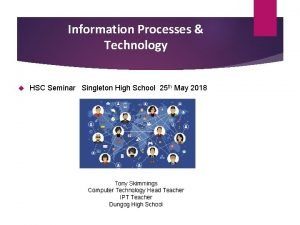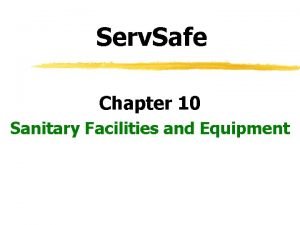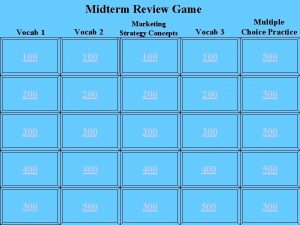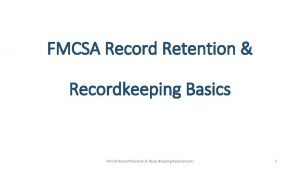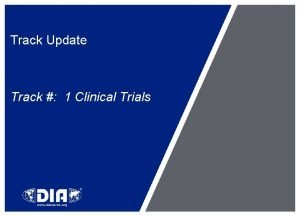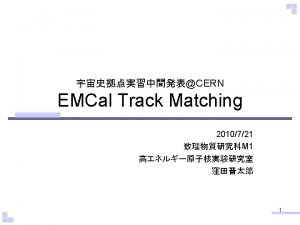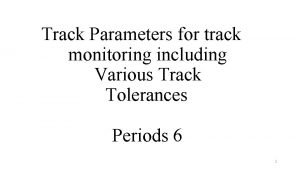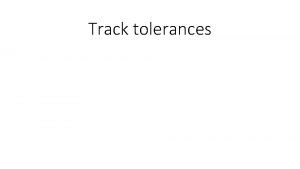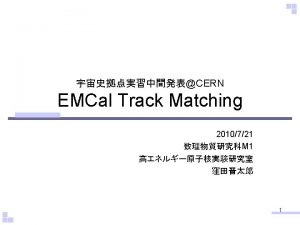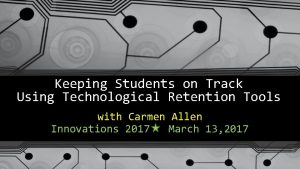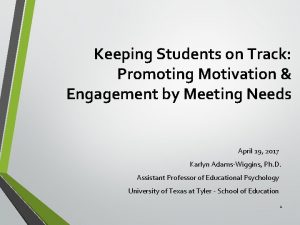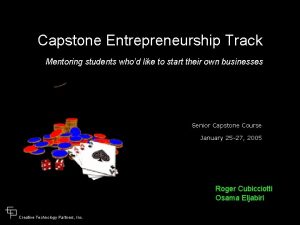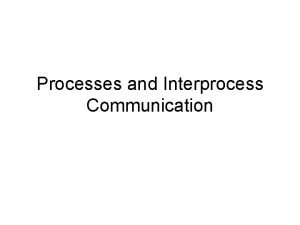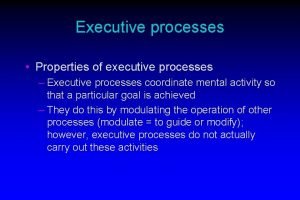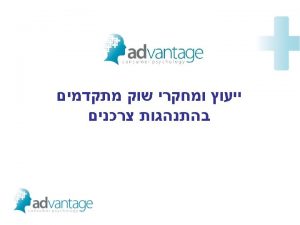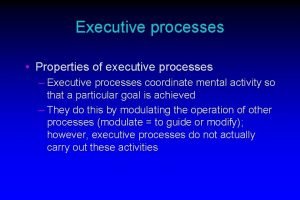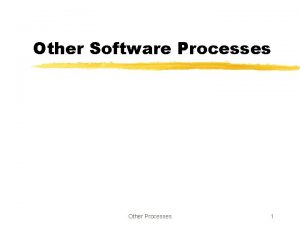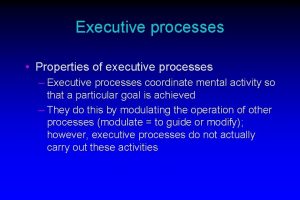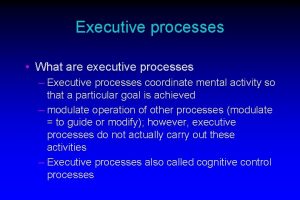Keeping Students on Track with Technology and Processes
























- Slides: 24

Keeping Students on Track with Technology and Processes PRESENTED BY: Steven Birmingham • Jessica Haber • Todd Prattella

About Mercy

About Mercy • • Multi-campus Enrollment Demographics PACT Program

Impact of PACT on Student Success 20% Improvement in college-wide retention* 55% 41% Increase in 6 -year graduation rate Increase in 4 -year graduation rate * 20% is percentage increase; retention increased 12 percentage points from 60% (2009) to 72% (2016)

Processes & Technologies

Highlighted Technologies

Foundation & Resources for Success Challenge 1. How do we give students the resources they need to keep themselves on track and set themselves up for success?

Foundation & Resources for Success

Foundation & Resources for Success • Journeys

Foundation & Resources for Success • Major Matcher • Academic Planners • Degree Audit

At-Risk Student Identification Challenge 2. How do we identify students who need interventions?

At-Risk Student Identification • Predictive Model • Progress Reports

At-Risk Student Identification • Data Democratization • Swipe Everything • Planner Verification

At-Risk Student Identification Quick Polls

Student Interaction Challenge 3. Once we know which students require an intervention, how do we interact with them to foster success?

Student Interaction Advisor Appointments

Student Interaction • Campaigns • Communications

Student Interaction • Remote Meetings

Student Interaction Nudges

Group Discussions

Group Discussions 1. What are some of the issues your are facing at your institutions where these processes and technologies could help? 2. What best practices are you using at your institution to help students start on the right foot and cross the finish line?

Questions & Answers

Thank You! Steven Birmingham, sbirmingham@mercy. edu Jessica Haber, jhaber@mercy. edu Todd Prattella, tprattella@mercy. edu

Technologies to Keep Students on Track at Mercy College • EAB Guide – – – • Students download mobile app Students follow predesigned journeys Students use major matcher Students participate in quick polls Students receive nudges (push alerts) – – EAB Campus – – – Ellucian Degree Works • Advisors identify at-risk students Advisors communicate with students Faculty provide feedback about student performance Advisors gather card swipe data Advisors and tutors keep notes of student interactions Students make appointments ill ** sw i h T Students create academic plan Students audit transcript vs. graduation requirements Students explore what-if scenarios Zoom • – Advisors conduct remote video advising sessions * d inte b pr a e ha t* u o nd
 What is the overall purpose of management
What is the overall purpose of management Shana is keeping track of the expenses as deductions
Shana is keeping track of the expenses as deductions Keeping your career on track
Keeping your career on track Helping students practice skills strategies and processes
Helping students practice skills strategies and processes Concurrent in os
Concurrent in os Hsc multiple choice generator
Hsc multiple choice generator Eduardo de lete
Eduardo de lete Konsep teknologi
Konsep teknologi Servsafe cutting board colors
Servsafe cutting board colors Technology trivias
Technology trivias Keeping your hands clean and dry essay
Keeping your hands clean and dry essay Keeping an infant safe and well section 7-3
Keeping an infant safe and well section 7-3 Promoting infant health section 7-2
Promoting infant health section 7-2 An institution for receiving, keeping, and lending money
An institution for receiving, keeping, and lending money Record keeping and budgeting
Record keeping and budgeting Building keeping and growing profitable value-laden
Building keeping and growing profitable value-laden Record keeping and writing
Record keeping and writing The end and thank you images
The end and thank you images Alliteration in keeping quiet
Alliteration in keeping quiet Hussain manawer does heaven have a balcony
Hussain manawer does heaven have a balcony Nmc record keeping
Nmc record keeping Jackie kay old tongue
Jackie kay old tongue Lucozade poem
Lucozade poem Functions of press
Functions of press Fmcsa driver qualification file retention
Fmcsa driver qualification file retention



